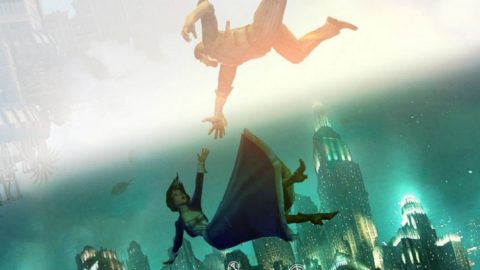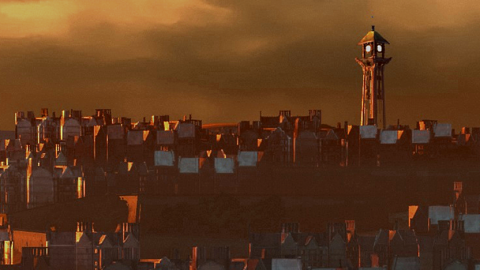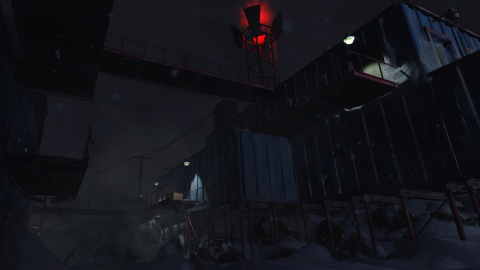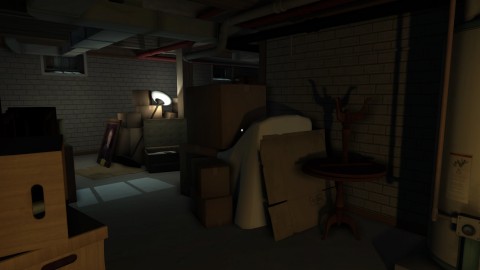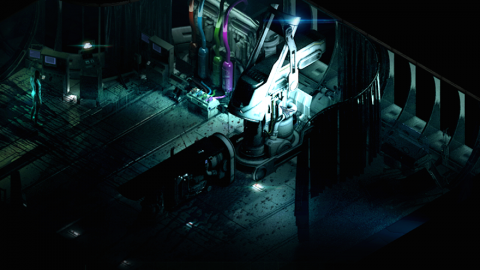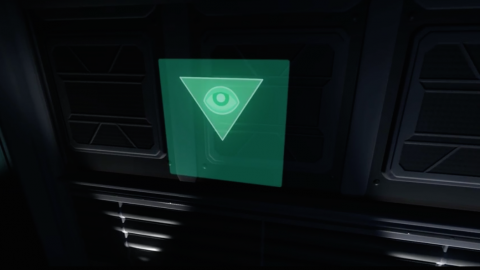
Videogames could do a lot more with the Venetian mask
It was December 31, 1958. In Rapture, the underwater city in BioShock (2007), the most affluent residents gathered at a masquerade ball in the Kashmir Restaurant for a night of dinner and dance. However, a sudden explosion marked the end of the celebration—and the beginning of a ceaseless civil war. People started abusing a wonder drug known as ADAM out of fear and desperation which, in exchange for superhuman abilities, caused severe disfigurement. To hide their facial deformities, the denizens of Rapture decided that they would not be seen without the Venetian masks from the New Year’s Eve party. ///…
